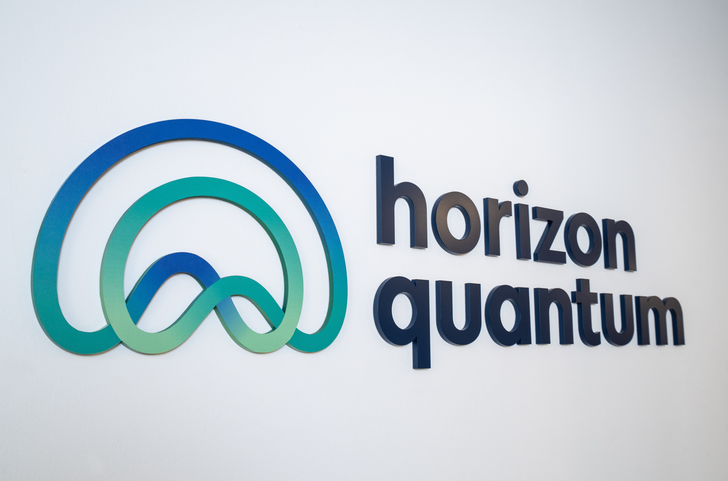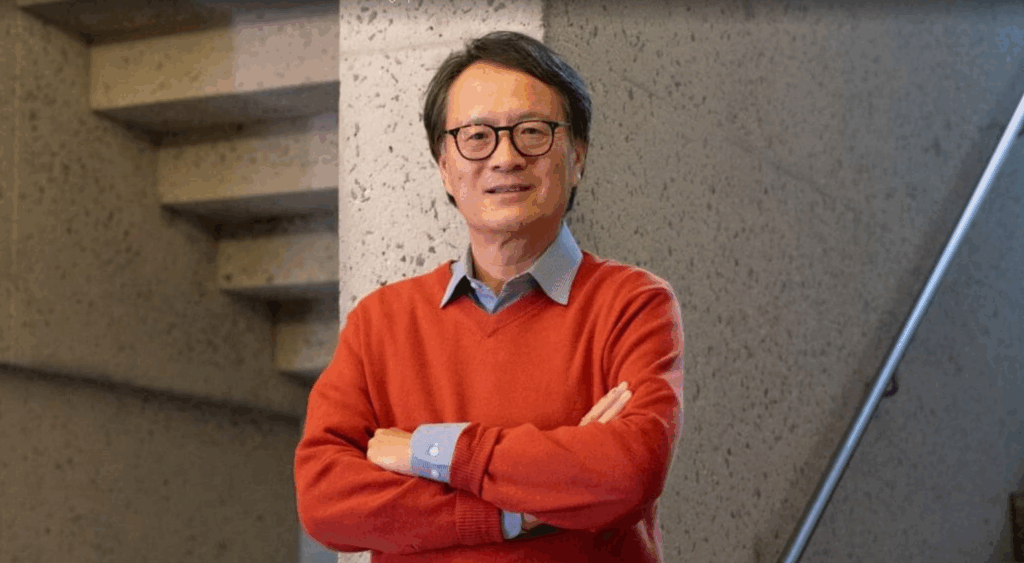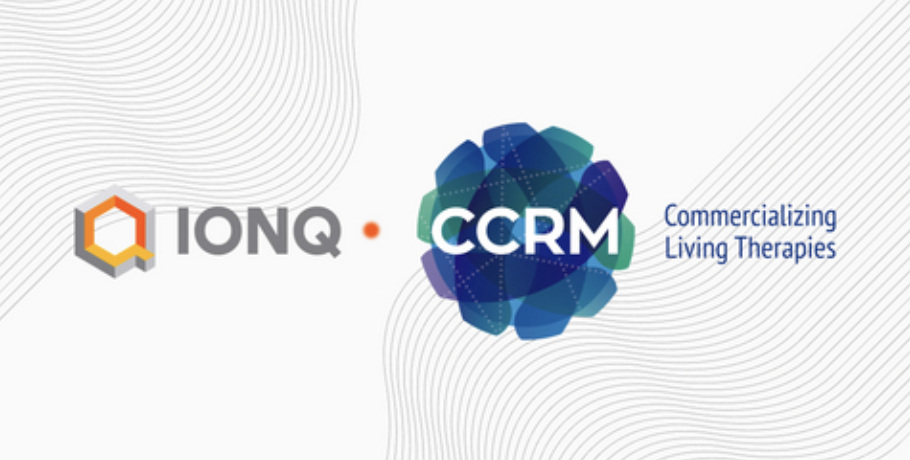Insider Brief
- A new EU strategy proposes unifying quantum research, infrastructure, and commercialization efforts to establish Europe as a global leader in quantum technologies and reduce reliance on foreign systems.
- The plan includes creating Quantum Competence Clusters, expanding EuroHPC-linked quantum computing and secure communication networks, and establishing chip manufacturing pilot lines under the EU Chips Act.
- To accelerate commercialization, the report recommends a Competitive Procurement Challenge for fault-tolerant quantum computing, public investment incentives, and stronger intellectual property and talent retention measures.
A new report lays out an ambitious plan for the European Union to dominate the future of quantum technologies, combining research, infrastructure, and industry strategies into a unified blueprint aimed at global competitiveness, technological sovereignty, and economic resilience.
Produced by expert working groups (WGs) from all 27 EU member states and coordinated by the European Commission, the strategy aims to transform Europe into the world’s leading “Quantum Valley,” a term — with a nod to Silicon Valley — that the report uses to describe a continent-wide ecosystem of computing facilities, secure communication networks and industrial applications powered by quantum science.
The 21-page document, titled Shaping a European Strategy in Quantum Technology, details proposals across three critical domains for the working groups: research and talent, infrastructure and industrialization. Taken all together, the recommendations push for a ramp-up in EU quantum ambitions, calling for new coordination platforms, expanded infrastructure and increased private investment, alongside measures to address looming cybersecurity threats and international competition.

The report states: “The unified and cohesive strategy emerging from the presented WGs memoranda will ultimately empower Europe to leverage quantum technologies fully, contributing significantly to its economic growth and competitiveness, technological autonomy, and global scientific leadership.”
Building the Quantum Workforce
The first working group focuses on strengthening Europe’s research base while building a robust talent pipeline. The group recommends a new cross-border research coordination platform to align national and EU-level priorities, emphasizing collaborative projects that span universities, national labs, startups and large firms.
A key objective is the formation of Quantum Competence Clusters — which the report describes as localized but interconnected centers that bring together expertise, infrastructure, and industry. These clusters are designed to reduce fragmentation in the EU quantum landscape, giving researchers and companies access to shared resources while supporting specialization in key areas like quantum computing, sensing and materials.
On the education front, the report calls for coordinated action to support graduate programs, workforce retraining, student exchanges, and internship opportunities. The goal is to create a skilled workforce that meets the growing demands of the quantum industry. This includes proposals for dedicated master’s degree programs and upskilling opportunities tailored to industry needs.
The working group also flags the importance of assessing social and economic impacts, including the disruptive effects quantum computing could have on current encryption standards. It urges early public outreach, policy consultations, and ethical frameworks to guide the deployment of these powerful technologies.
Linking Research and Commercialization
The second working group focuses on infrastructure — the bridge between scientific research and market-ready products. Its core recommendation is the establishment of a Quantum Infrastructure Point of Contact group to coordinate Member State efforts across four domains: computing, communication, sensing and chip manufacturing.
On quantum computing, the report proposes expanding the EuroHPC-QCS initiative to build a continent-wide network of quantum computing and simulation capabilities, integrated with existing high-performance computing centers. The plan also supports the creation of Quantum Computing Excellence Centres and calls for increased access by small and medium enterprises (SMEs).
For communication, the group pushes for an operational Quantum Communication Infrastructure (EuroQCI) that links national networks using quantum key distribution (QKD). Proof-of-concept projects in each country, along with a timeline for rollout, are recommended to ensure secure communications across the EU.
On sensing and metrology, the report highlights the need to transfer innovations from labs to industrial use, including pilot programs and industry partnerships to test and deploy quantum sensors. These capabilities could support sectors ranging from medical diagnostics to environmental monitoring.
A fourth pillar focuses on chip manufacturing. The EU plans to establish quantum device pilot lines under the Chips Act, ensuring strategic autonomy by reducing dependency on non-European components. Testing and evaluation labs, as well as collaboration with industry, will support this transition.
From Lab to Market
The third working group zeroes in on commercialization, calling for aggressive action to scale quantum startups, develop industry standards, and drive investment.
Central to the plan is a proposed Competitive Procurement Challenge focused on fault-tolerant quantum computing (FTQC). The challenge would offer public contracts to companies developing scalable quantum processors capable of addressing real-world problems in materials science, pharmaceuticals, and beyond.
The group urges European governments to act as early adopters of homegrown quantum solutions and recommends expanding the EU’s intellectual property portfolio through better support for patent generation, licensing, and monetization.
A coordinated standardization effort is also outlined. The group supports EU-wide participation in international standards bodies (such as JTC-22 and JTC-3) and proposes financial incentives to increase representation from all Member States. The aim is to ensure that global standards reflect European values and technological strengths.
To address the sector’s chronic underfunding, the report proposes mobilizing capital from sovereign wealth funds, pension funds, venture capital, and EU-level institutions like the European Investment Bank. It also suggests targeted educational programs for investors to better understand quantum opportunities and risks.
Talent retention is another concern. European quantum firms face stiff competition from better-funded American companies. The report proposes tax incentives, industrial fellowships, and fast-track visa programs to attract and retain key personnel.
Strategic Alignment and Recommendations
At its core, the report calls for a tightly coordinated quantum strategy that aligns national and European efforts across all three domains.
Among its top recommendations:
- Launch a European Quantum Research Coordination Platform.
- Build a cross-European Quantum Competence Cluster network.
- Establish a Europe-wide education and mobility program for quantum talent.
- Create a living roadmap for quantum infrastructure development, updated with emerging technologies like hybrid quantum-HPC systems.
- Set up a Competitive Procurement Challenge to accelerate commercial traction for European fault-tolerant quantum computing.
Other goals include minimizing reliance on foreign quantum technologies, maximizing EU-controlled IP, and supporting the emergence of globally competitive European quantum champions.
Implications and Outlook
The strategy reflects a growing urgency in Brussels to close the quantum gap with the United States and China, both of which have poured billions into national quantum programs. The report frequently invokes terms like “technological sovereignty,” “economic security,” and “global leadership,” underscoring the geopolitical stakes.
While the plan is expansive, implementation remains a challenge. Many Member States face budget constraints, talent shortages, and underdeveloped venture capital ecosystems. Some also lack national quantum strategies or the institutional coordination needed to support multilateral projects.
Still, by treating research, infrastructure, and commercialization as mutually reinforcing components of a single ecosystem, the report offers a coherent roadmap. Whether Europe can follow through will depend on political will, funding alignment, and the ability to act faster than its rivals.
If successful, the EU’s strategy could turn Europe from a collection of scattered research efforts into a coordinated powerhouse for quantum innovation, capable of delivering long-term economic returns and strategic resilience in an increasingly data-dependent world.
Read Shaping a European Strategy in Quantum Technology here.


















